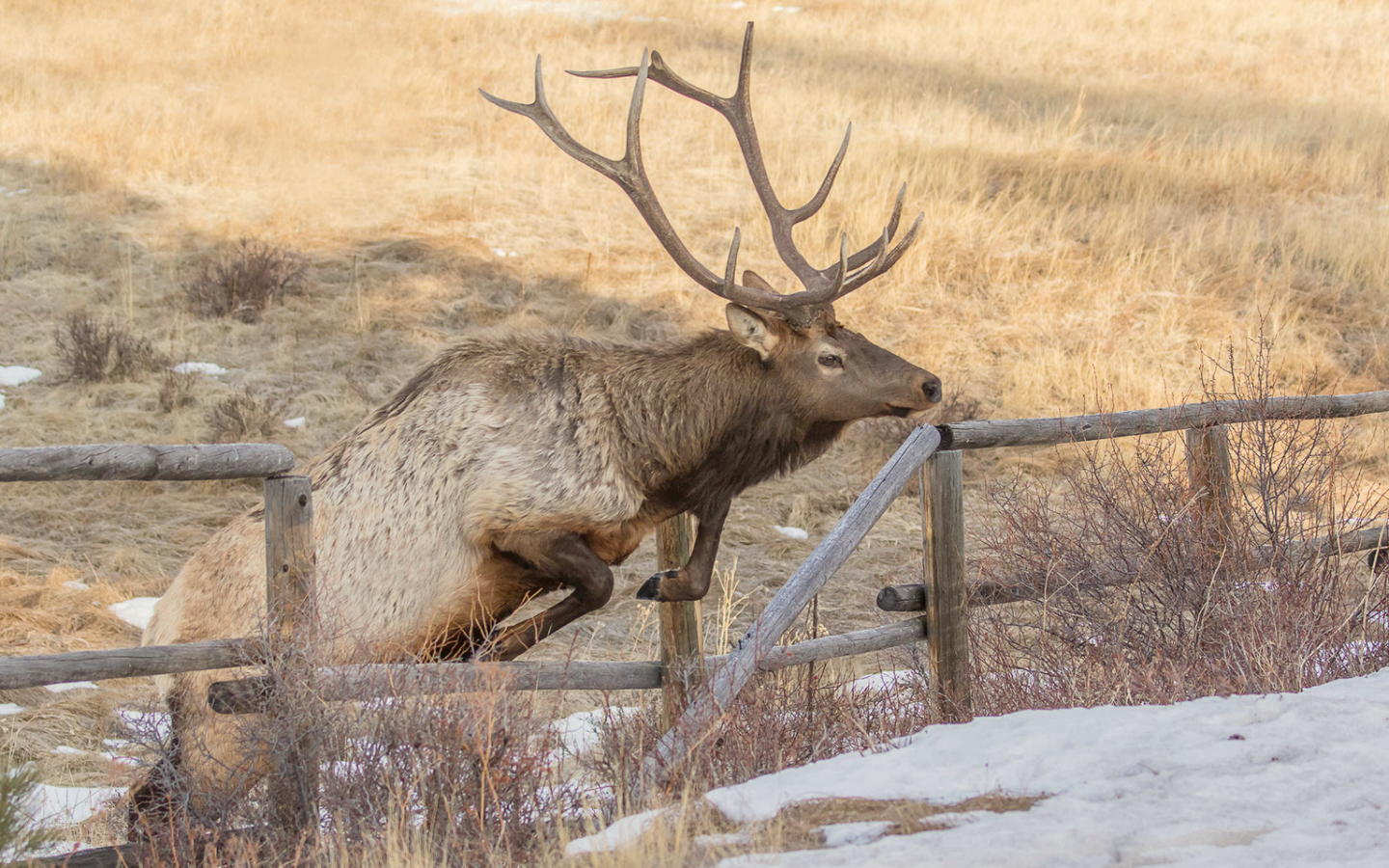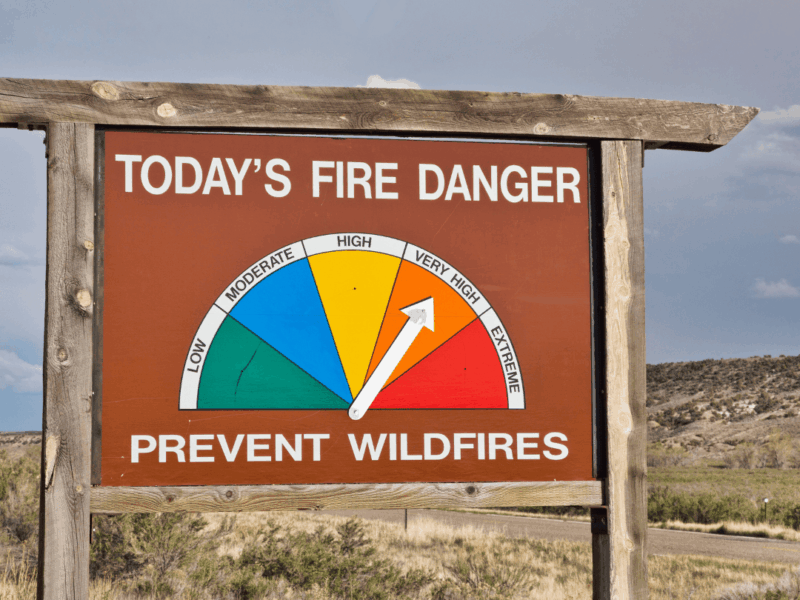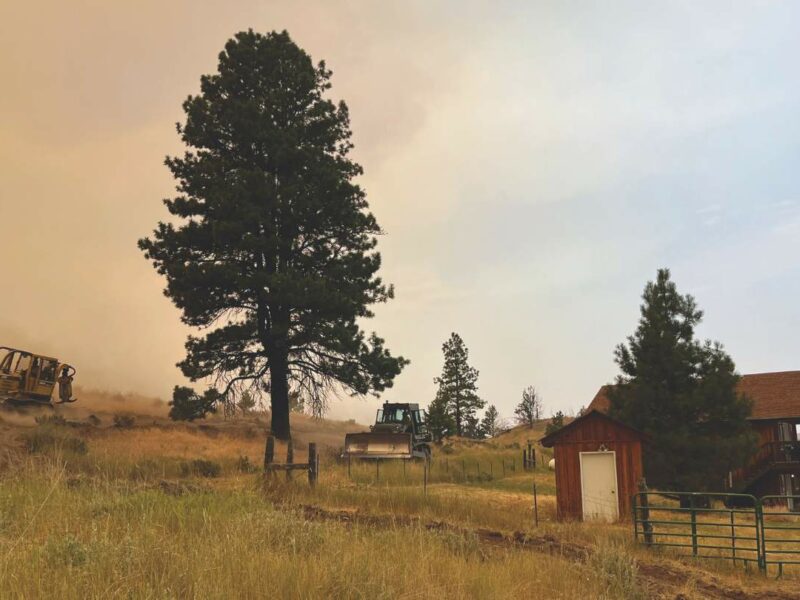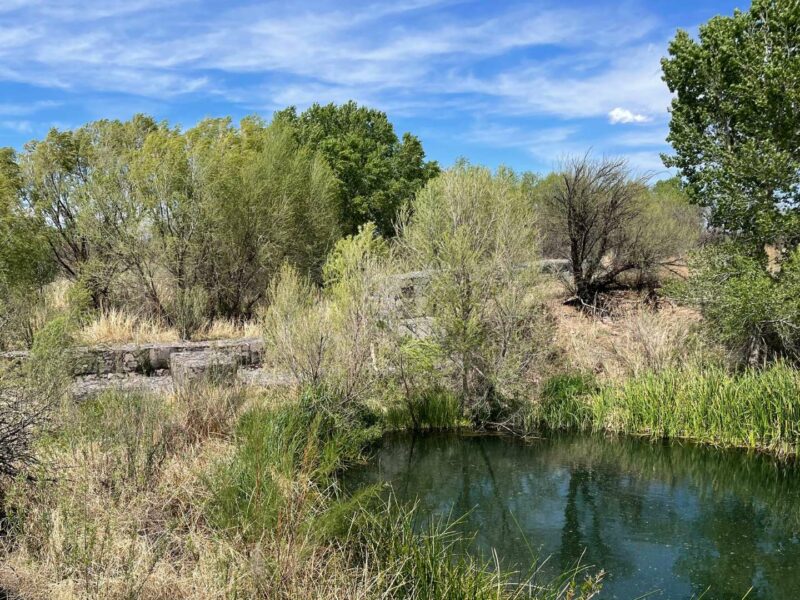In May, during the 150th anniversary of Yellowstone National Park, U.S. Department of Agriculture Undersecretary Robert Bonnie delivered a landmark speech signaling a major turning point in United States conservation policy.
From its inception, Yellowstone National Park became a symbol of the American conservation movement, establishing a model for preserving special, wild places the world over. Yet, as Bonnie explained, almost immediately after its establishment in 1872, it became evident that even at about 2 million acres, the park itself was too small. Migrating wildlife, such as elk , depend for survival on lands far beyond the park’s boundaries. Today, that includes many privately owned farms and ranches, which provide critical winter habitat and forage.
More recently, people have begun to recognize that early conservationists also overlooked the presence, rights, knowledge and stewardship of Indigenous people who occupied and shaped the land for generations before either the national park or ranches were established. The same “Yellowstone model” of preservation that displaced early Indigenous people continues to generate conflicts today with land-based communities at home and abroad.
In his speech, Bonnie said, “In order to conserve functional ecosystems across boundaries, we have to work with, not against, states, tribes and private landowners — with, not against, agriculture and forestry.”
The economics of well-being
Scientists have also shown that in the United States, many of the most important habitats for wildlife are located not in designated wilderness areas or national parks, but on private lands, including the farms, ranches and timberlands that also supply food, fiber and energy for people.
The well-being of people and wildlife alike will ultimately come down to how we care for the lands upon which we all depend. And this, in turn, will depend not on environmental regulation, not on a shared land ethic, not on technology, not on federal grants and not even on science. It will come down to basic economics. This is the key element that has been missing from the conservation movement. It’s why conservation is literally losing ground every day.
The well-being of people and wildlife alike will ultimately come down to how we care for the lands upon which we all depend.
Lesli Allison
In the West, livestock production, family farming, guest ranching and outfitting are among the few means of generating enough income to sustain livelihoods and keep the bottom line — and the land — intact. In the face of rapidly rising real estate values and input costs, it’s getting harder every day to make the math pencil out. It’s also just plain hard work to etch out a living on the land. Most people do it simply because they love the land and the lifestyle, but at a certain point it becomes impossible to hang on. Even the wealthiest landowners who are not dependent on the land for their livelihood pay close heed to the cost-benefit balance of land ownership. Every time one of these already thin economic lifelines is eroded, more land and habitat is lost.
Family farming and ranching operations are cornerstones of many of the West’s state and local economies while also sustaining the West’s open lands and habitats. They provide critical forage, refuge and sometimes, in the more arid regions, the only source of water available to wildlife. Sage grouse depend on wet meadows located primarily on private lands. Chiricahua leopard frogs are surviving in stock tanks. Blackfooted ferrets are being reintroduced on ranches willing to host large colonies of prairie dogs upon which the ferrets are dependent. The list goes on. But family farms and ranches, which are often only marginally profitable at best, are facing a number of challenges, including skyrocketing land prices, climate instability, water shortages, expanding wildlife populations (e.g., wolves, grizzly bears, elk and feral horses), increasing regulation, environmental litigation, labor challenges and rising input costs.
Pulling the rug out from under land care
Recreation is becoming an important economic driver in many Western states. The question for private and working lands is whether they stand to lose or benefit from the trend. Increasingly, landowners are generating primary or supplemental income by offering recreational activities such as hunting, fishing, bird watching, horseback riding, camping and special events, such as weddings. These enterprises help sustain and diversify rural livelihoods and economies, while providing the public with valuable recreational opportunities. However, the ability of landowners to generate income from recreation depends in large part on their ability to control access to their land. Public access campaigns on streams, roads and hunting opportunities, and efforts to limit landowners’ ability to generate income from hunting, erode yet another of the few economic means of keeping lands and habitat intact.
Aside from an erratic smattering of ecosystem services markets, there are no meaningful economic drivers for conserving nature. Federal, state and private grants and cost-share programs for conservation amount to crumbs on the edge of the table compared to the searing hot markets for real estate development, water rights, energy development and intensive, conventional agricultural production.
When profits are low, risks are high, work is hard, public pressures are mounting and land values are soaring, is it any surprise that more and more land is being sold into development?
Who can make a living supporting life?
This is why Bonnie’s announcement of a new chapter in conservation is so important. As a society, we need to recognize and value the many public benefits of working lands and private stewardship. As Bonnie said, “[T]he 20th-century model of conservation has significant limitations. Overreliance on land acquisition, on public land designations and on regulation of non-federal lands is incapable of successfully meeting the challenges we face today.”
“[T]he 20th-century model of conservation has significant limitations. Overreliance on land acquisition, on public land designations and on regulation of non-federal lands is incapable of successfully meeting the challenges we face today.”
Robert Bonnie
We need economic drivers for the kind of ecological stewardship society demands — and needs. The USDA’s announcement of habitat leasing is an important step in this direction because it recognizes that conservation isn’t something you accomplish. It isn’t something you buy. It’s a way of being in relationship with land and nature. It is a way of doing business, day after day. Yet we can’t nurture and sustain our relationship with nature, any more than we can nurture and sustain our families, in an economic vacuum. If we want to save what remains of the lands and natural world we love and depend on, it’s time to create the economic conditions to do so.





